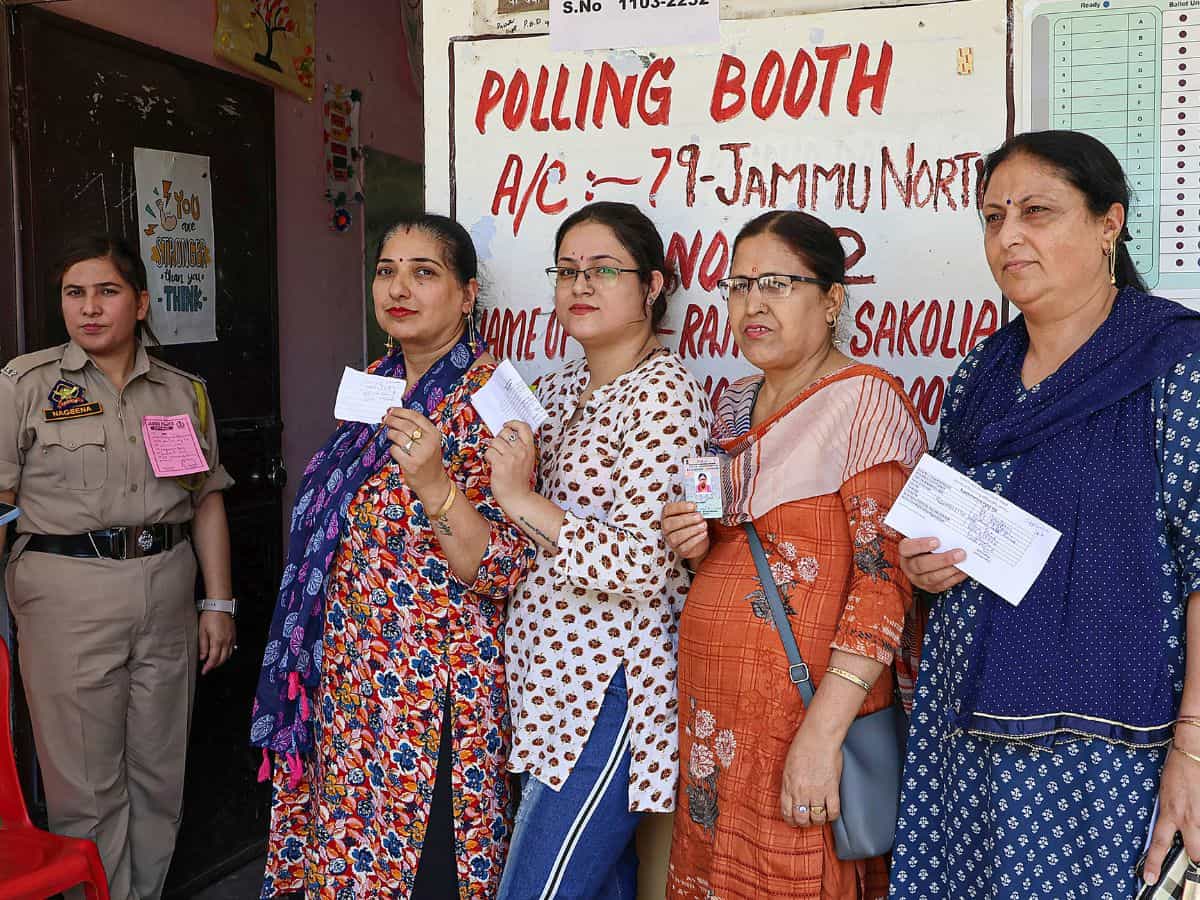
Restoration of statehood to Jammu and Kashmir is becoming a complex issue with every passing day. As there is a lot of ambiguity about the timings of such a step as also the nature and the status of statehood. J&K is in a unique position. The downgraded status of Union Territory was forced on it on August 5, 2019 when the Government of India did away with Article 370 which granted special status to the state.
Jammu and Kashmir is not asking for upgradation of its status from UT to statehood, it is pitching for the restoration of the status that it had for decades and for centuries before the Independence , which in the case of J&K is aligned with the Instrument of accession that Maharaja Hari Singh, the last Dogra king, signed, acceding the princely state to India .The accession but not the merger of the state with India created its own fault lines that kept J&K in a state of conflict for decades. It is true that Ladakh wanted Union Territory. That was granted to it, though Shia Muslims of Kargil were never happy with their delinking with the state. J&K got a shock when it learnt that it is now a UT.
The hopes for the restoration of the statehood, apart from Union Home Minister Amit Shah’s commitment on the floor of the Parliament at an appropriate time, was reignited by Prime Minister Narendra Modi during his June 20-21 visit to Srinagar, where he attended a porogramme connected with youth empowerment and aspirations and international yoga day. He declared: “Preparations have begun for the Assembly polls, and you will soon have your own elected government and gradually thereafter statehood would be restored.” The real meaning of this statement, as the political parties in Kashmir understood, was that J&K was on the trajectory of getting back its elected government – missing for the past over six years- and the statehood that they lost on October 31, 2019 as a sequel to the announcement made on August 5 that year.
This is because the word of Prime Minister is trusted more than anything else. The regional parties were elated as Modi had made this declaration with a ring of commitment to the people of J&K, from the soil of Kashmir. The Valley’s spoil absorbs such announcements with excitement, and it was particularly so as it was something due to them.
Certain quarters were having their own reservations as they had seen that Delhi often flinched at fulfilling its own commitments. The famous phrase of late Prime Minister Narsimha Rao, “Sky is the limit,” in response to National Conference’s demand for the return of autonomy to J&K as it existed in pre-1953 period. The pre-1953 is a period when the state had control over all its affairs barring Defense, Communications and Foreign Affairs. That demand, drafted in autonomy resolution of National Conference in November 1994, ironically in Jammu where the people had risen against the semi-sovereign status in 1950s. That was formalized in a resolution passed by the state legislature on July 1, 2000, but it was rejected by the Atal Behari Vajpayee government. All the fire and brimstone expressions of Farooq Abdullah were ignored.
On the day Prime Minister Modi made this announcement of elections and the restoration of statehood, Jammu Kashmir Apni Party chief Altaf Bukhari took to X to hail it as “highly significant.” He wrote: ““(The) People have been eagerly waiting for the fulfilment of the promise for the restoration of statehood to J&K and their democratic rights to choose their own representatives to place them at the helm,” and he added, “PM’s announcement has brought a wave of hope and cheer.”
But the doubts came running when it became known that Jammu and Kashmir police’s salaries and other financial aspects would be incorporated into Union Home Ministry’s part in the union budget. The fears were genuine as this gave an impression that J&K would get its statehood back but not with the powers and status of a full-fledged state. And, on July 1, Altaf Bukhari, in a meeting of his party in Srinagar, urged the Central government to “restore statehood to Jammu and Kashmir before holding Assembly elections. He made it plain to Delhi that the status of the statehood should be as it was before August 5, 2019 – that is statehood with all powers, not the truncated one.
This will redefine the politics in Kashmir as the people believe that their unconditional participation in the Lok Sabha polls where they set their own record of high voting percentage, surpassing the records of the past 35 years, want this to be recognized and rewarded. They, as it appears now, voted not for the ‘Sadak, bijli, pani” but for a dignified place within the Indian union with a fervent hope that they would get everything back what they had lost in August 2019. There might be a reconciliation to the fact that Article 370 is dead and buried, especially after the December 11, 2023 Supreme Court upholding it as legal and constitutional, but they are keen on the return of the statehood. They don’t want the statehood issue to die with the Assembly elections. That’s why the Assembly polls have been shifted to secondary priority. The statehood is the first priority.
The government of India will do good to itself to move on this, and if need be it should take all political parties on board, because the statehood issue may create more complications than which have been assessed so far.
Prime Minister and Home Minister must be aware of the sensitivities of the issue, and they must take a lead in meeting aspirations of the people of Kashmir. The democratic path also needs an environment where voting means real empowerment. The restoration of statehood in real sense would make a lot of difference in bridging gaps between hearts between Delhi and Srinagar.

